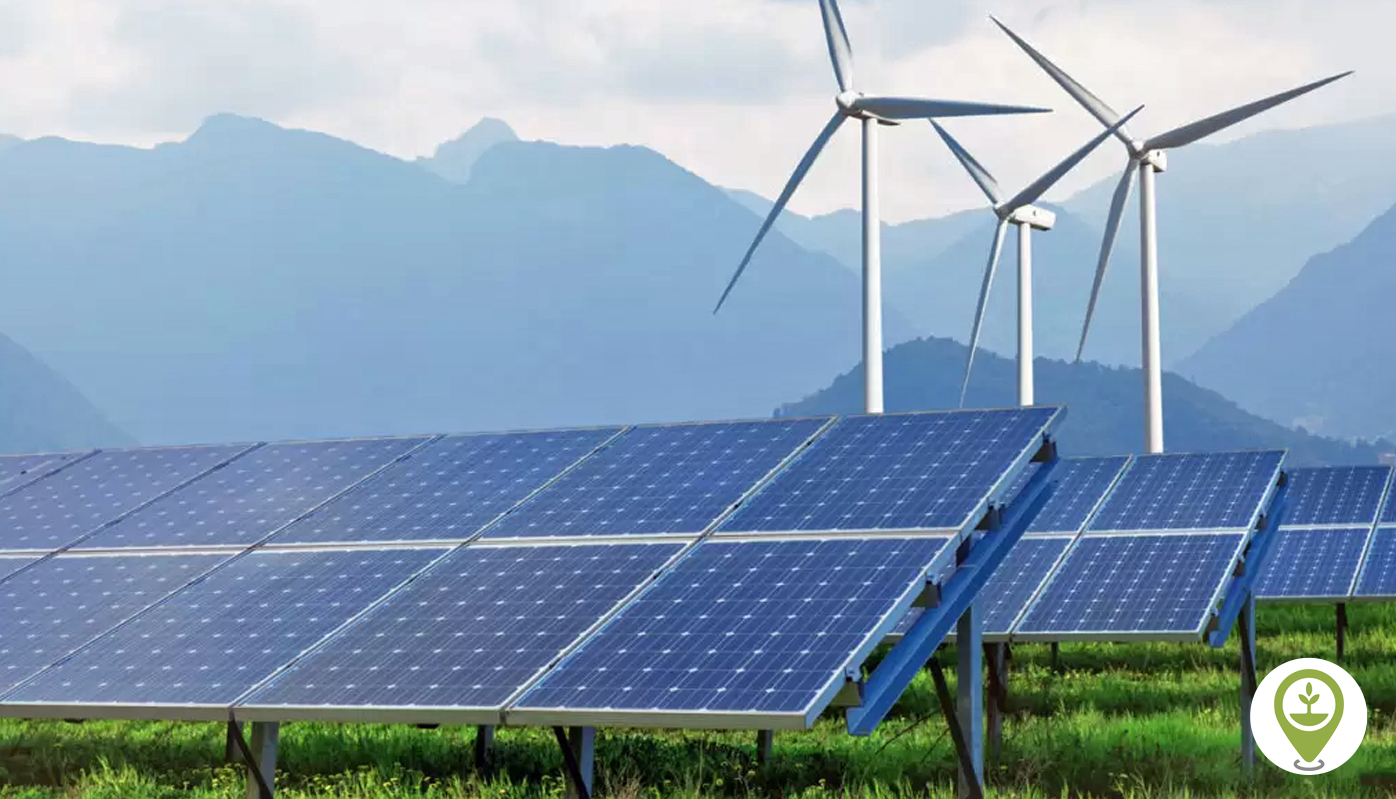
Unleashing the Power of Renewable Energy
Renewable energy sources have emerged as a beacon of hope in the quest for sustainable and eco-friendly power solutions. In a world facing the challenges of climate change and environmental degradation, the transition to renewable energy is more than just a trend; it’s a crucial step towards a cleaner and greener future.
Diversity in Renewable Resources
One of the most compelling aspects of renewable energy is the diverse array of sources available. From solar and wind to hydropower and geothermal, these resources offer a versatile mix that can cater to different geographical and climatic conditions. This diversity ensures that regions around the world can tap into the energy source that best suits their unique characteristics.
The Environmental Benefits of Going Green
The environmental advantages of adopting renewable energy are significant. Unlike traditional fossil fuels that contribute to air pollution and climate change, renewable sources generate power without harmful emissions. This shift reduces our carbon footprint, mitigates the impact of global warming, and helps preserve ecosystems for future generations.
Solar Energy: Capturing the Power of the Sun
Solar energy stands out as a leading player in the renewable energy landscape. The installation of solar panels on rooftops or in solar farms allows us to harness the sun’s abundant energy. As technology advances, the efficiency of solar panels continues to improve, making solar power an increasingly viable and cost-effective option for both residential and commercial applications.
Harvesting Wind Power
Another prominent player in the renewable energy arena is wind power. Wind turbines, strategically located in areas with consistent wind patterns, convert kinetic energy into electricity. With minimal environmental impact and a high potential for energy generation, wind power contributes significantly to the global push for sustainable energy solutions.
Hydropower: Tapping into Water’s Energy Potential
Hydropower has long been a reliable source of renewable energy. By harnessing the energy from flowing water, dams and hydroelectric plants generate electricity. While the construction of large-scale hydropower facilities has faced environmental scrutiny, technological advancements are promoting the development of smaller, more environmentally friendly hydropower projects.
Geothermal Energy: Unleashing Earth’s Heat
Beneath the Earth’s surface lies a powerful source of energy – geothermal. By tapping into the Earth’s internal heat, geothermal power plants generate electricity and provide heating solutions. This form of renewable energy is particularly advantageous for regions with geothermal reservoirs, offering a consistent and reliable source of power.
The Role of Biomass in Renewable Energy
Biomass, derived from organic materials such as plants and waste, also contributes to the renewable energy mix. Bioenergy systems, including biogas and biofuels, harness the energy stored in organic matter. While concerns about land use and resource competition exist, sustainable practices can make biomass a viable and renewable energy source.
Investing in a Green Future
The transition to renewable energy requires significant investment in infrastructure, technology, and education. Governments, businesses, and individuals play crucial roles in supporting and accelerating this shift. Incentives, subsidies, and innovative financing models can make renewable energy more accessible and attractive, fostering a global commitment to a sustainable future.
Renewable Energy Source: A Call to Action
As we navigate the challenges of the 21st century, embracing renewable energy is not just an option; it’s a responsibility. Each individual, community, and nation has a role to play in the transition to a more sustainable energy landscape. To explore more about Renewable energy source and its benefits, visit Renewable energy source. Together, let’s pave the way for a cleaner, greener planet.
